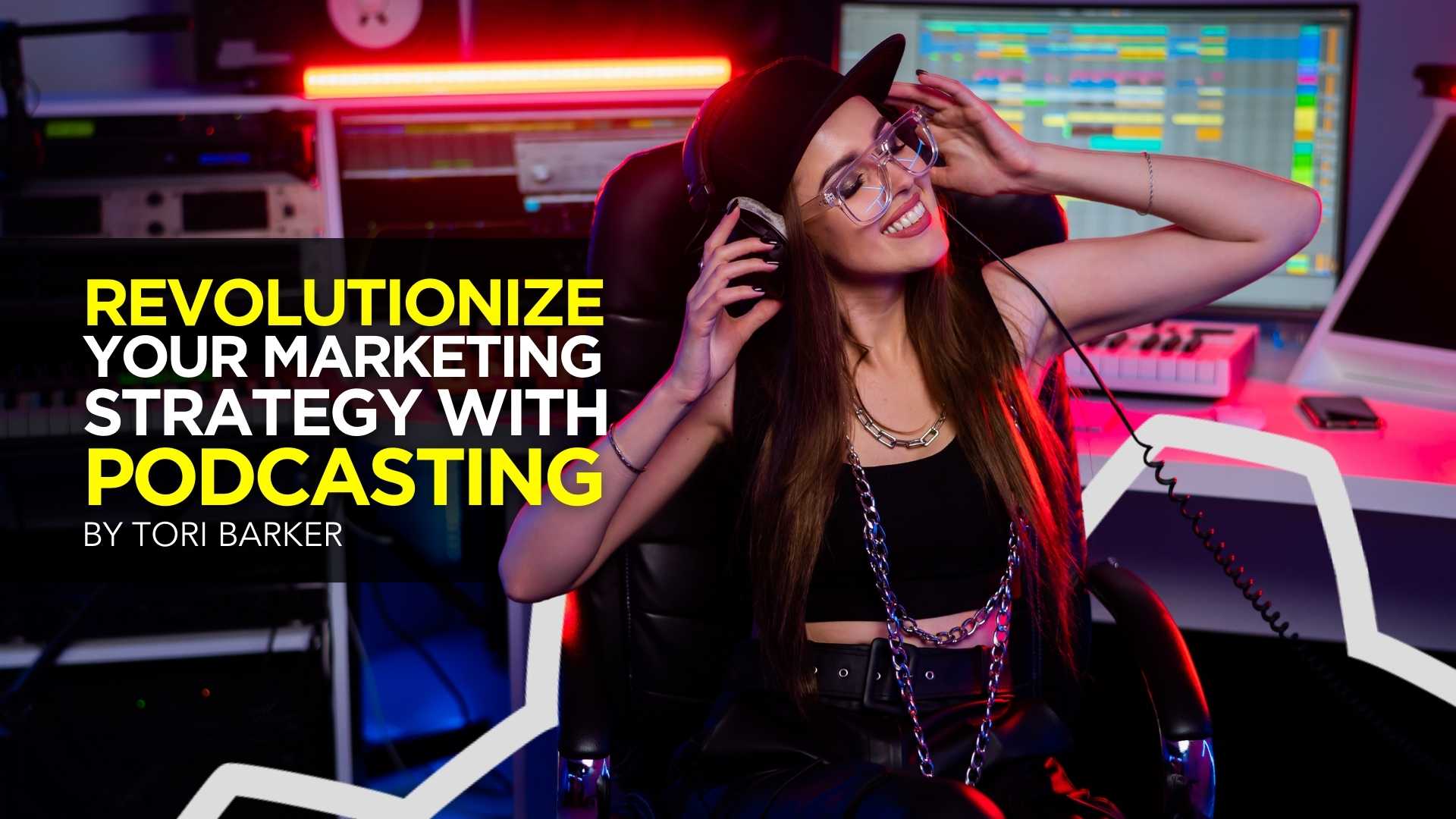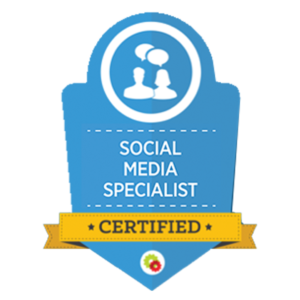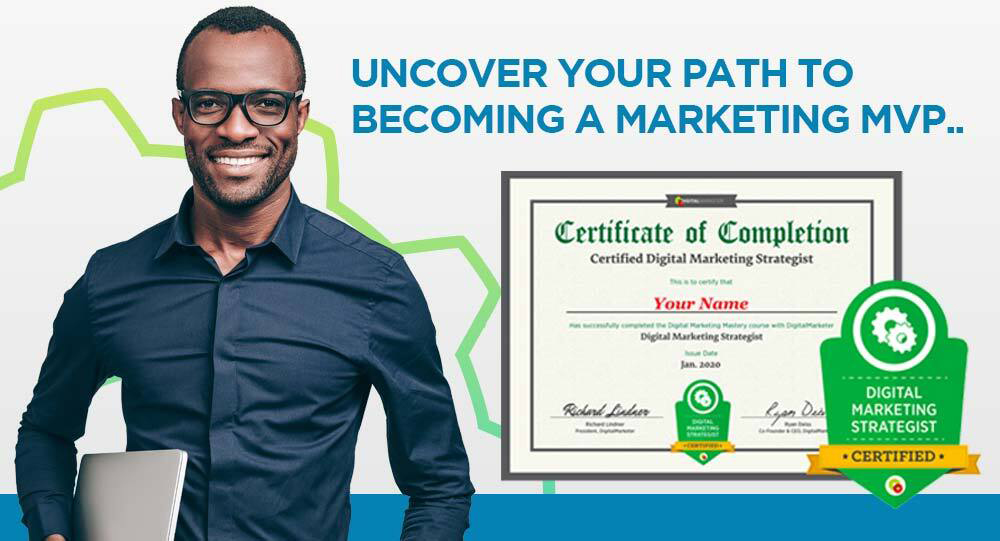MARKETING
Revolutionize Your Marketing Strategy with Podcasting

Podcasting has become an increasingly popular way for businesses to reach their target audience and build a loyal following. But how can businesses use podcasting as a part of their overall marketing strategy?
I know firsthand as a business owner the importance of creating a targeted and effective marketing strategy that maximizes the value of each customer and builds long-term loyalty and advocacy for my brand. That’s why I decided to leverage the power of podcasting by launching the Creative Visionaries Podcast as a part of my overall marketing strategy at Creative Marketing.
To create a targeted and effective podcast marketing strategy that maximizes the value of each customer and builds long-term loyalty and advocacy for their brand, businesses can turn to DigitalMarketer’s Customer Value Journey (CVJ) framework. While it is most commonly used in the development of a marketing plan there is a huge opportunity to align each stage of the CVJ with the podcast marketing process.

Businesses can create episodes that attract listeners, build trust, and ultimately convert them into loyal brand advocates. This approach ensures that every podcast episode provides value to the listener, while also advancing them further along the customer value journey toward becoming a loyal customer.
To better understand how the CVJ framework can be applied to podcast marketing, let’s take a closer look at each of the eight stages:
- Awareness: At this stage, the customer becomes aware of the business and its products or services.
- Engagement: The customer engages with the business in some way, such as by visiting the website or signing up for an email list.
- Subscribe: The customer opts in to receive more information from the business, such as a newsletter or free content.
- Convert: The customer makes their first purchase from the business.
- Excite: The customer experiences the product or service and becomes excited about it.
- Ascend: The customer makes additional purchases or upgrades to higher-priced products or services.
- Advocate: The customer becomes a loyal fan of the business and recommends it to others.
- Promote: The customer actively promotes the business and its products or services to others.
Applying this framework to podcasting, businesses can create and market a successful podcast that guides customers through each stage of the journey.
At the Awareness stage, a business might promote its podcast on social media or through paid advertising to reach new listeners. By offering valuable and engaging content in the podcast, businesses can then move listeners into the Engagement and Subscribe stages of the journey.

Encouraging listeners to subscribe to the podcast and leave reviews can help move them into the Conversion stage, where they become paying customers.
During the Excite stage, businesses can leverage their podcast to deepen engagement and foster brand loyalty. By offering valuable content that speaks directly to their customers’ needs and interests, businesses can generate excitement and enthusiasm around their brand, further strengthening their connection with their audience.
This leads them directly into the Ascend stage, where customers are offered opportunities to move up the value ladder by making additional purchases or upgrades to higher-priced products or services, building a deeper relationship with the brand.
For example, a digital marketing agency could establish authority in their industry by offering marketing consulting services and using a podcast to provide valuable insights and tips to potential clients, ultimately building trust and establishing themselves as an expert in their field.
At the Advocate stage, businesses can use their podcast to create a community of loyal fans who actively promote their brand. This can be done by encouraging listeners to share the podcast with others, leave positive reviews, and engage with the business on social media.

Are You Ready to Master Social Media?
Become a Certified Social Media Specialist and learn the newest strategies (by social platform) to draw organic traffic to your social media sites.
Businesses can create long-term loyalty and advocacy by promoting their podcast to their existing audience and leveraging the Promote stage of the customer value journey, which involves creating a sense of belonging and community around their brand.
So, we’ve talked about how podcasting can really benefit businesses. It’s a great way to get your brand out there, engage with your customers, and connect with your target audience. Plus, it’s a powerful tool for establishing your expertise and building a strong, recognizable brand.
By incorporating the CVJ framework to guide their podcast marketing efforts, businesses can create a more targeted and effective strategy that maximizes the value of each customer and builds long-term loyalty and advocacy for their brand.
To create a successful podcast, businesses should follow some key tips:
First, they should identify a specific niche or topic that appeals to their target audience. By focusing on a specific topic, businesses can differentiate themselves from other podcasts and create a loyal following.
Second, businesses should produce high-quality content that provides value to their listeners. This can include interviews with experts in the industry, tips and advice, and engaging storytelling.
Third, businesses should promote their podcast through various channels, including social media, email marketing, and paid advertising.

With dedication and creativity, podcasting can be a valuable asset for any business looking to stand out in today’s digital landscape. By creating high-quality content that resonates with their audience, businesses can increase brand awareness, engagement, and loyalty.
Incorporating the Customer Value Journey framework can help guide their podcast marketing efforts and create a more effective and targeted strategy. So, if you’re looking to take your business to the next level, consider starting a podcast today and join the millions of businesses already leveraging this powerful tool.


![How AEO Will Impact Your Business's Google Visibility in 2026 Why Your Small Business’s Google Visibility in 2026 Depends on AEO [Webinar]](https://articles.entireweb.com/wp-content/uploads/2026/01/How-AEO-Will-Impact-Your-Businesss-Google-Visibility-in-2026-400x240.png)
![How AEO Will Impact Your Business's Google Visibility in 2026 Why Your Small Business’s Google Visibility in 2026 Depends on AEO [Webinar]](https://articles.entireweb.com/wp-content/uploads/2026/01/How-AEO-Will-Impact-Your-Businesss-Google-Visibility-in-2026-80x80.png)














